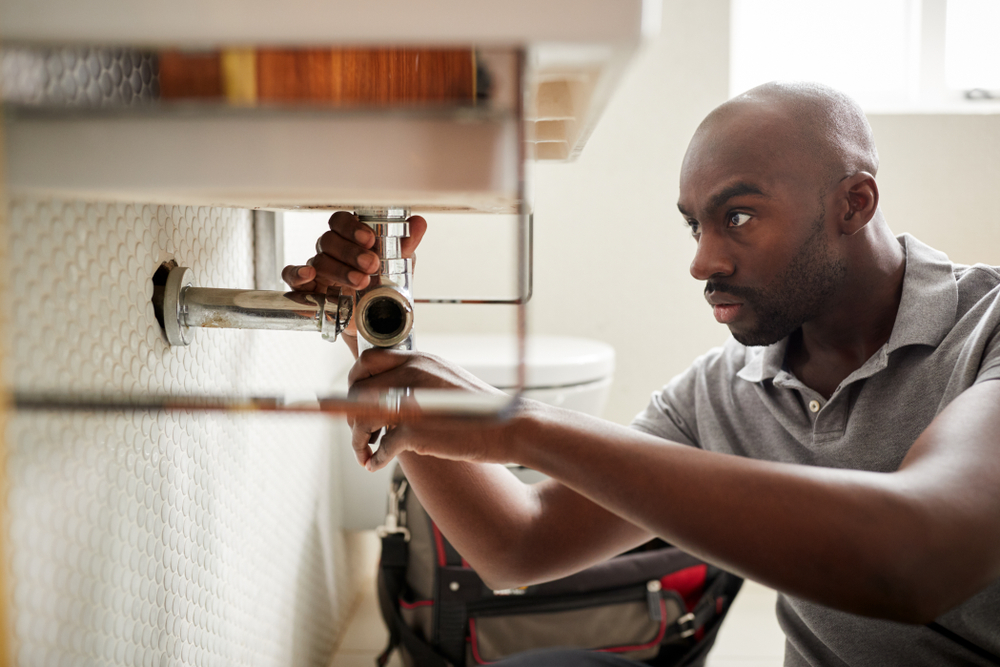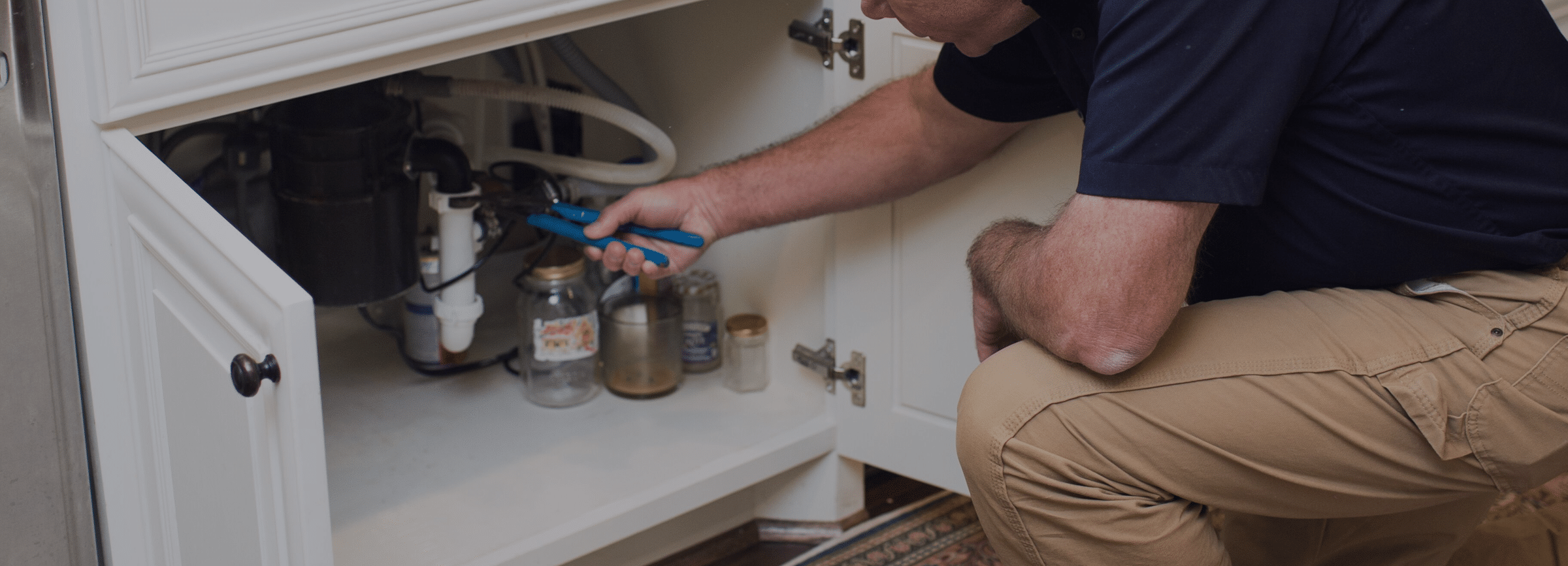When to DIY and When to Call a Professional Plumber: Advice for Homeowners
When to DIY and When to Call a Professional Plumber: Advice for Homeowners
Blog Article
On this page underneath you'll find a bunch of excellent tips in relation to DIY Plumbing Projects and When to Call a Professional.

Intro
Pipes issues can vary from small hassles to major frustrations, frequently prompting property owners to make a decision in between tackling the problem themselves or employing a professional plumbing professional. Recognizing when to DIY and when to seek expert aid can save time, cash, and stop prospective catastrophes. This post discovers the factors to take into consideration when making this vital decision.
Benefits of Do It Yourself Pipes
Handling plumbing tasks yourself can be fulfilling in a number of means, especially for less complex tasks.
Complexity of Tasks
Some pipes problems need customized expertise and tools beyond regular property owner capabilities. Messing up complex troubles can lead to further damage and expensive repair services.
Security Concerns
Working with plumbing systems includes threats such as exposure to water damages, capacity for electric threats, and managing tools inaccurately. Security preventative measures have to be observed to avoid crashes and make sure efficient repair work.
Indicators to Call a Professional Plumbing Professional
Recognizing when a plumbing issue exceeds do it yourself capacities is critical to preventing intensifying issues.
Signs of Facility Concerns
Examples consist of:
Prompt professional intervention is essential to attend to these problems successfully and decrease damage.
Do It Yourself Pipes Tips
For successful do it yourself plumbing, it's important to be prepared with the right tools and follow proper procedures.
Fundamental Tools and Materials
Trick devices for DIY plumbing:
Step-by-Step Guides
Clear directions ensure risk-free and efficient do it yourself repair work:
Selecting the Correct Time to Do It Yourself
Determining when to take on plumbing jobs yourself needs evaluating both the complexity of the concern and individual comfort levels.
Analysis List
Consider:
Cost Financial savings
DIY plumbing tasks frequently conserve money by staying clear of expert service fees. Jobs like repairing small leaks, replacing taps, or installing new showerheads are examples where property owners can take care of fixings without hiring a plumbing professional.
Ability Improvement
Engaging in do it yourself pipes supplies an opportunity to find out and boost useful skills. Basic tasks encourage homeowners to recognize their pipes systems much better and gain confidence in taking care of tiny repair work separately.
Threats of Do It Yourself Pipes
While do it yourself tasks supply benefits, particular threats need to be meticulously considered before attempting repairs.
When to Definitely Call a Specialist
Particular circumstances demand prompt experienced interest to avoid substantial damages or safety threats.
Emergency Situations
Examples include:
Searching for and Employing a Professional Plumber
Selecting a qualified plumbing technician makes sure reliable service and comfort in settling plumbing issues.
Criteria for Choice
Factors to think about:
Expense Analysis: do it yourself vs. Professional Providers
Contrasting the economic effects of DIY efforts versus expert plumbing services aids in making notified choices.
Financial Considerations
Review:
Final thought
Choosing whether to DIY or call an expert plumbing technician depends upon recognizing the complexity of pipes concerns and individual capabilities. By considering the benefits and threats, home owners can make informed options that promote reliable maintenance and secure their homes from plumbing calamities.
DIY Plumbing Projects: What Homeowners Can Do and When to Call a Professional
Welcome to our comprehensive guide on DIY plumbing projects. In this blog post, we aim to empower homeowners with the knowledge and skills to tackle basic plumbing tasks around the house. From unclogging drains to fixing a leaky faucet, we’ll walk you through step-by-step instructions on how to handle these common issues.
However, not all plumbing problems can or should be solved with a DIY approach. Recognizing when a problem is beyond your skill level and requires professional intervention is just as important as knowing how to perform basic tasks. We’ll also discuss the signs that indicate it’s time to put down your tools and pick up the phone to call a professional plumber. By understanding when to DIY and when to call a professional, you can save time, avoid potential disasters, and ensure your home’s plumbing system remains in top shape.
Understanding Plumbing Basics
Before we dive into the DIY projects, let’s take a moment to understand the basics of your home’s plumbing system. A typical residential plumbing system consists of two major components: the water supply system, which brings fresh water into your home, and the drainage system, which removes waste water. These systems are made up of a network of pipes, valves, and fixtures that work together to deliver clean water and dispose of waste efficiently.
Regular maintenance of your plumbing system is crucial to prevent minor issues from escalating into major problems. This includes tasks like checking for leaks, removing minor clogs, and ensuring your pipes are insulated for winter. By performing these tasks regularly, you can extend the lifespan of your plumbing system, save money on water bills, and maintain the comfort and hygiene of your home.
In the following sections, we’ll explore some common DIY plumbing projects that homeowners can handle, as well as situations that require the expertise of a professional plumber. Whether you’re a seasoned DIY enthusiast or a beginner, this guide will provide you with valuable insights into the world of home plumbing.
DIY Plumbing Projects Homeowners Can Handle
Plumbing may seem intimidating, but there are several tasks that homeowners can confidently tackle with a little guidance and the right tools. Here are a few common issues you might encounter and how to address them.
Unclogging Drains
Use a Plunger: This is your first line of defense. A good old-fashioned plunger can dislodge the obstruction and clear the drain in many cases. Try a Plumber’s Snake or Hand Auger: If the plunger doesn’t work, a plumber’s snake or hand auger can reach deeper into the pipe to break up the clog. Use a Drain Cleaner: If physical methods fail, a chemical drain cleaner can dissolve the clog. However, use these products sparingly as they can damage your pipes if overused.

As an avid person who reads about , I thought sharing that chunk was really useful. Don't hesitate to set aside a second to promote this blog if you liked it. We value reading our article about DIY vs. Professional Plumbing Repairs: When to Call a Pro.
Book Your Service Report this page